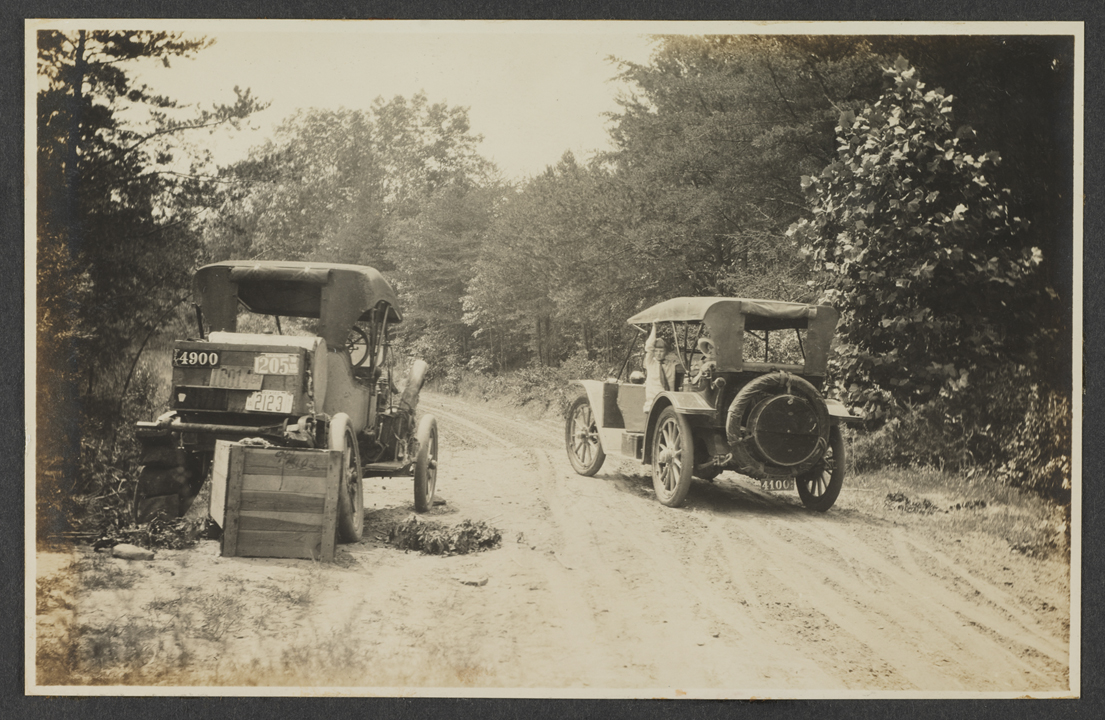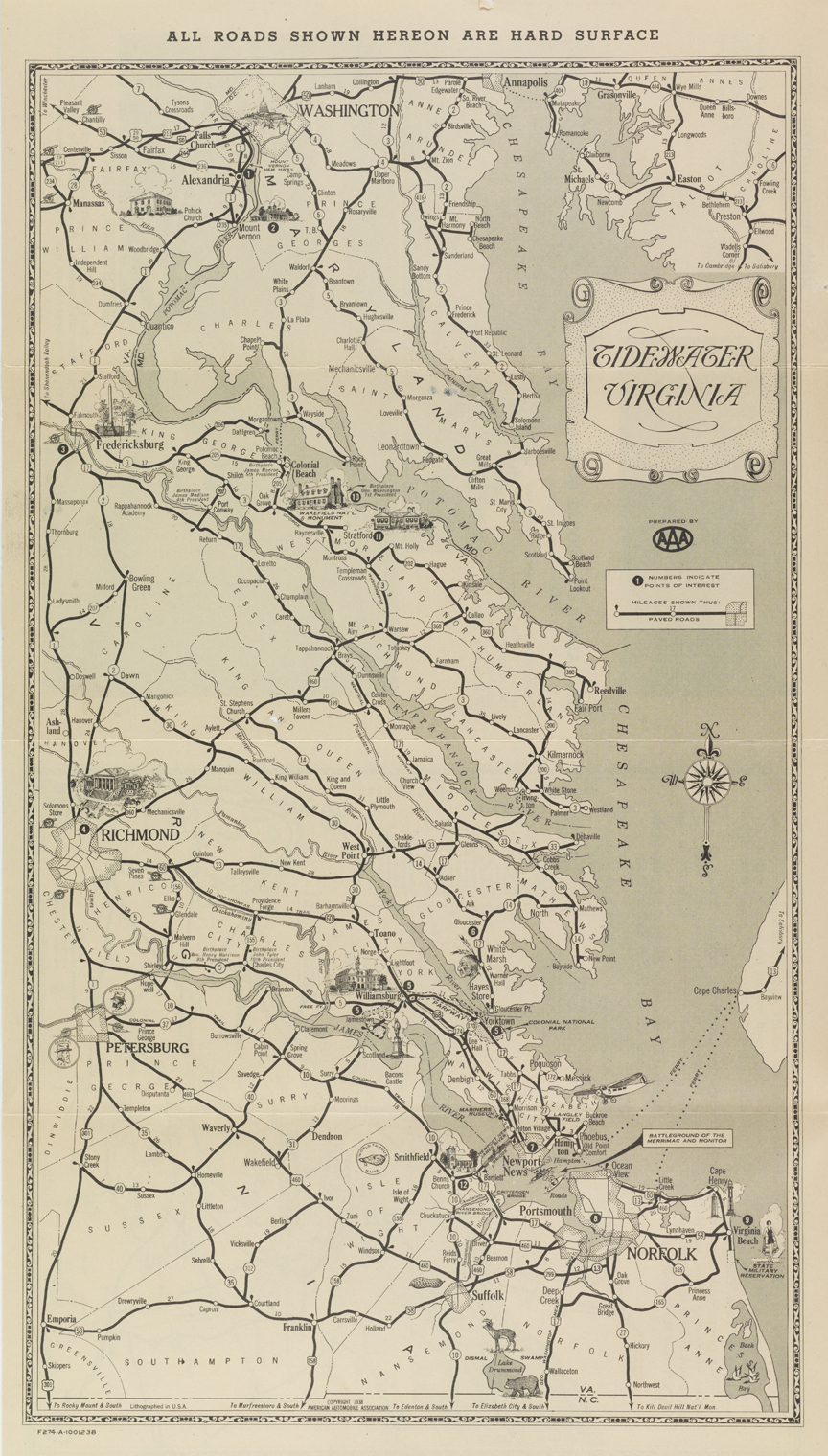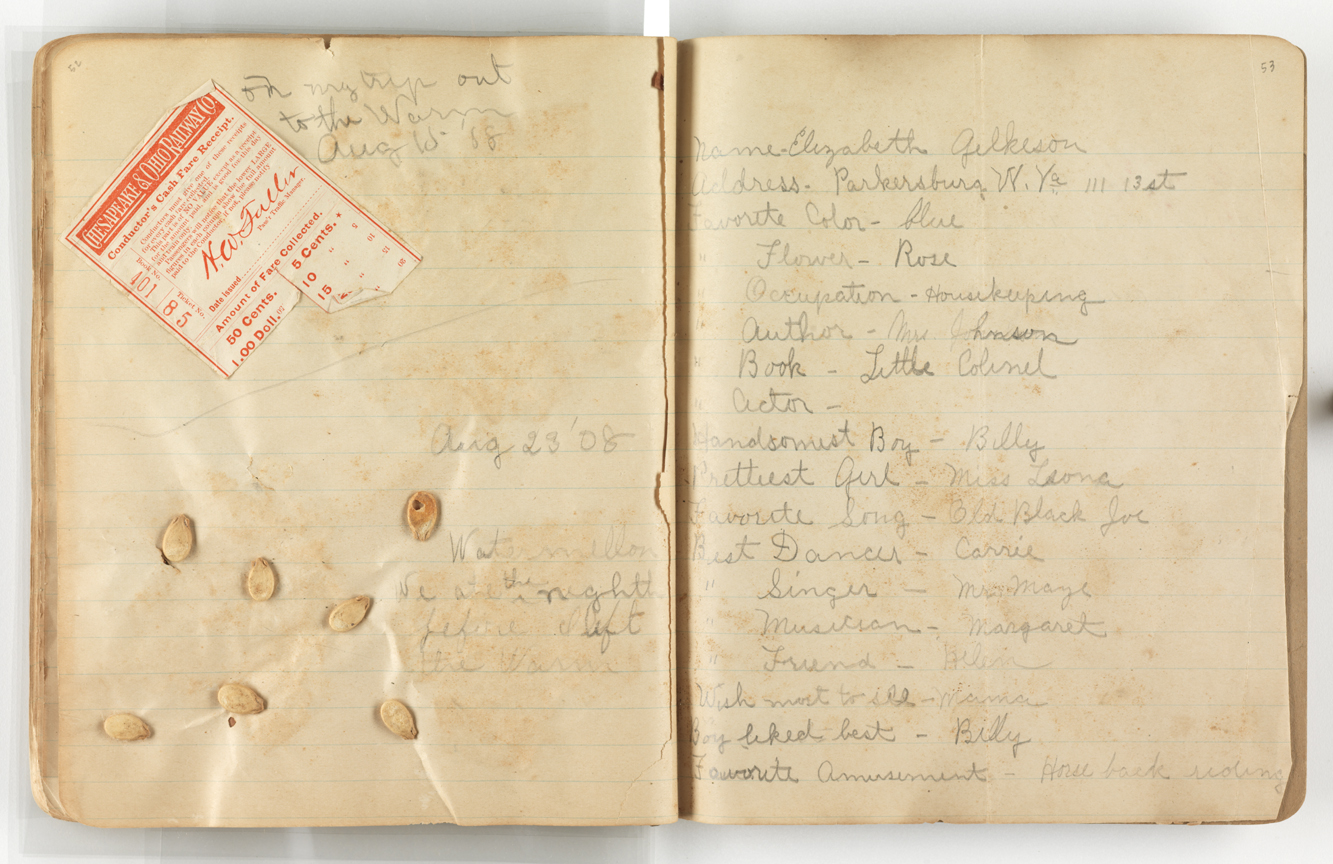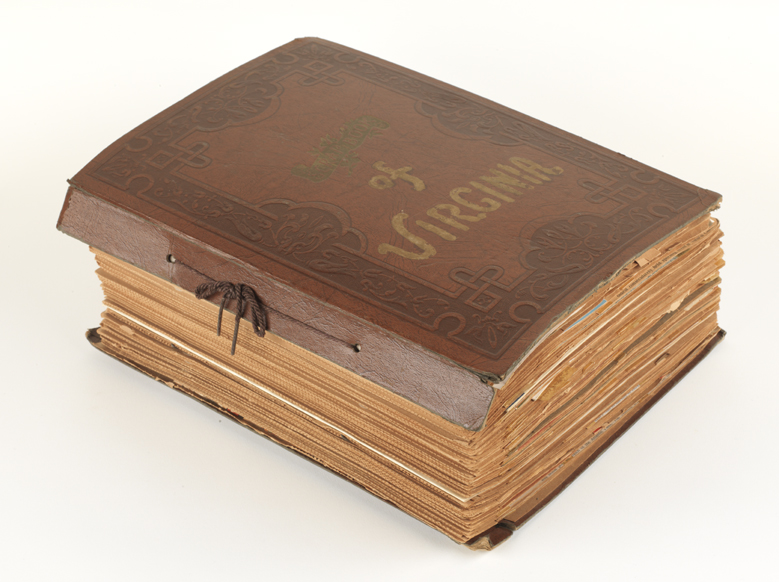There’s just something about a summer in Virginia—and nothing captures the carefree spirit of the season like a road trip. Since its beginnings, the automobile has represented entertainment as much as practicality. It brought new excitement to the summer vacation as well, enabling revelers to enjoy all Virginia had to offer with new ease.
On Roads
By 1900, Virginians were revved for the automobile, but the commonwealth’s infrastructure wasn’t. Dirt roads turned to mud pits in a summer storm, impassable for new driving machines, and bumpy country paths served horses better than motors and tires. As infrastructure caught up, early twentieth-century road trips were fascinating moments where old met new. Massive road-building efforts in the 1910s and 1920s, however, gave Virginians even more reason to take a summer vacation.




